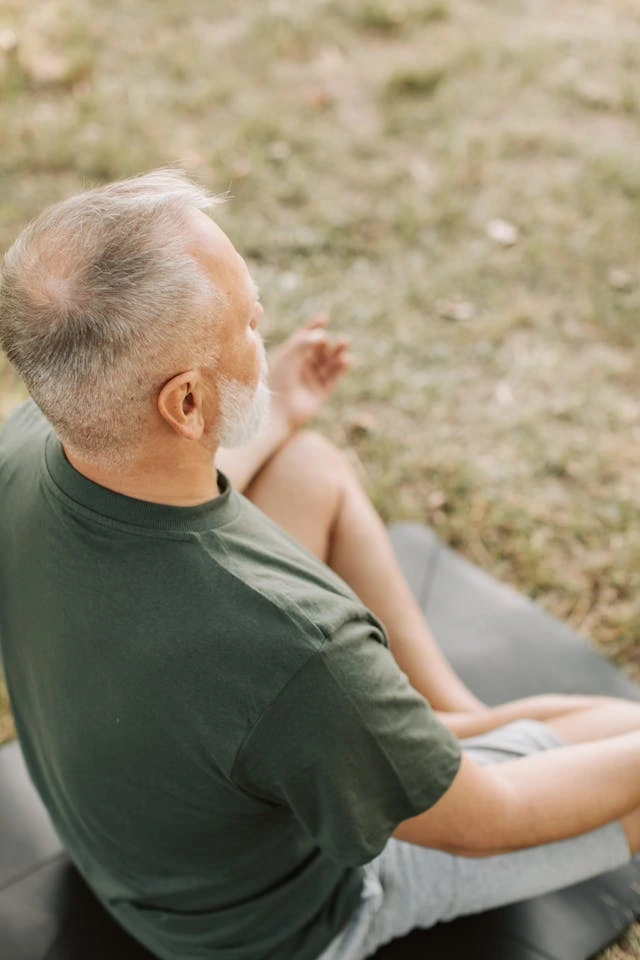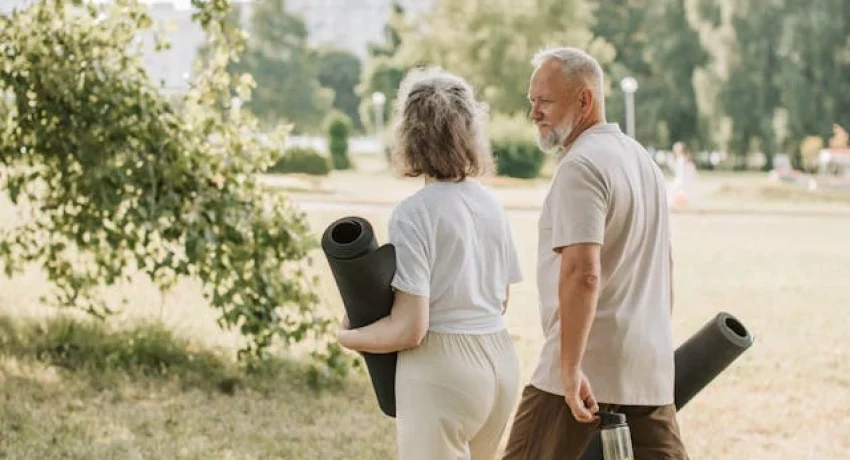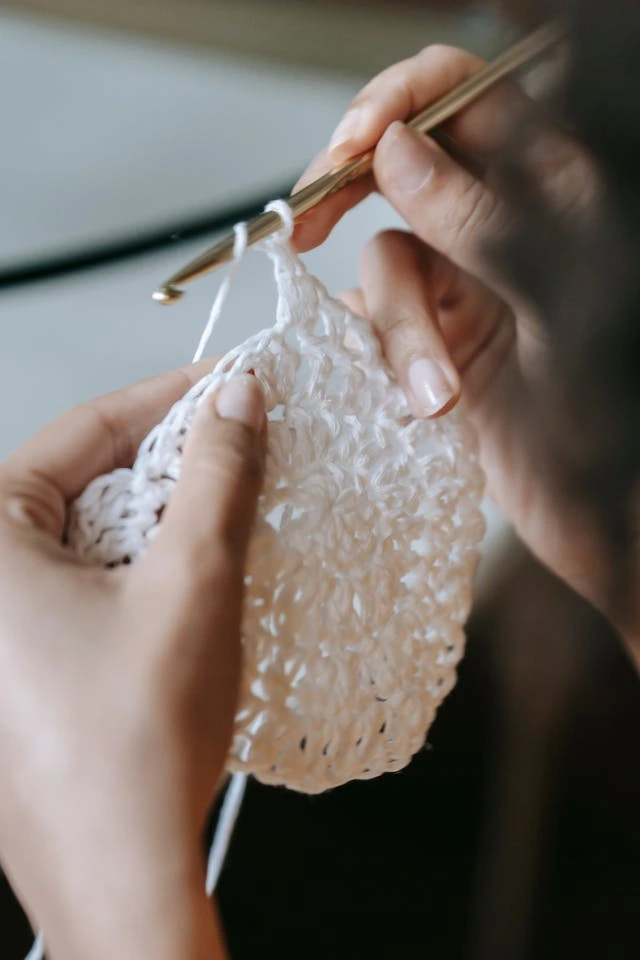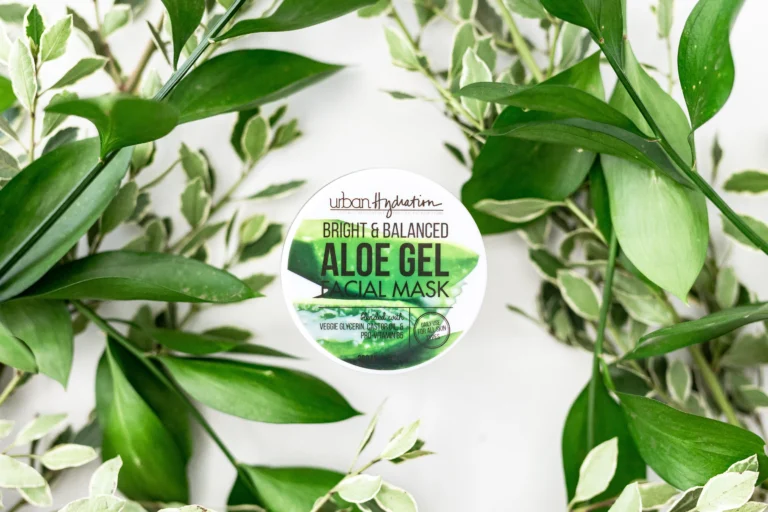STRENGTH VS CARDIO: POWERING LONGEVITY THROUGH EXERCISE
As we navigate through 2025, one thing has become clearer than ever: aging well isn’t luck—it’s strategy. And at the heart of that strategy lies movement. Specifically, the right kind of movement.
In today’s digital age, conflicting fitness advice floods the internet, with influencers praising either the muscular gains of strength training or the cardiovascular benefits of cardio. But the real question isn’t “which one is better?”—it’s “how do they work together to help us age better?”
THE 2025 OUTLOOK ON HEALTHY AGING EXERCISE
Recent global data from the World Health Organization (WHO) in 2025 reveals a striking truth: physical inactivity remains a leading contributor to premature aging, with over 1.4 billion adults worldwide not meeting the recommended activity levels.
In the United States alone, CDC statistics show that nearly 32% of adults over 50 are physically inactive, significantly increasing their risk for chronic disease, disability, and early mortality.
To combat this, the CDC now recommends:
- 150 minutes of moderate-intensity aerobic activity weekly, or 75 minutes of vigorous-intensity cardio.
- Strength training at least two days per week, targeting all major muscle groups.
Combining both not only helps extend lifespan—but enhances quality of life, mobility, mental clarity, and independence well into our 70s, 80s, and beyond.
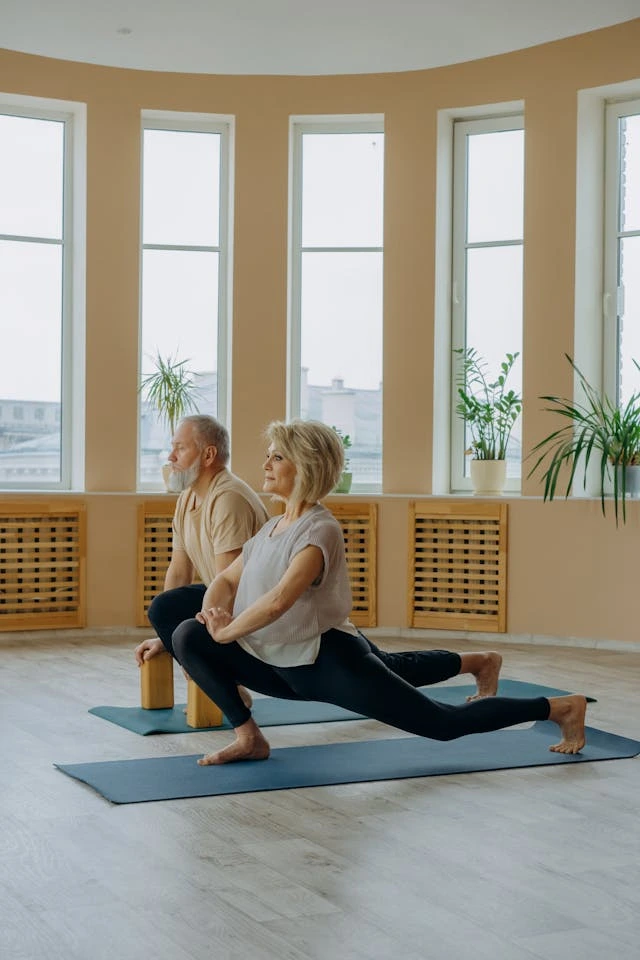
WHY STRENGTH TRAINING IS NON-NEGOTIABLE
After age 30, adults begin losing 3% to 8% of muscle mass per decade, accelerating after age 60—a condition known as sarcopenia. This degenerative muscle loss isn’t just a cosmetic issue; it dramatically affects balance, independence, and metabolism.
Strength training, also known as resistance training, is the most powerful tool against sarcopenia. It:
- Preserves lean muscle mass
- Improves bone density (reducing osteoporosis risk)
- Enhances metabolic rate, aiding in weight control
- Boosts functional strength, critical for everyday tasks
Common forms include:
- Free weights (dumbbells, kettlebells)
- Resistance bands
- Bodyweight movements (pushups, planks, squats)
For those in their later decades, even low-impact resistance training has been proven in 2025 clinical trials to reduce fall risk by up to 34% and improve mobility scores by over 40%.
CARDIO’S ROLE IN HEALTHY LONGEVITY
Cardio—short for cardiovascular exercise—activates your heart, lungs, and circulatory system. It’s essential for:
- Lowering blood pressure and bad cholesterol
- Enhancing endurance and oxygen efficiency
- Reducing risk of heart disease, stroke, and Type 2 diabetes
2025 studies from the Journal of Geriatric Cardiology reveal that regular aerobic activity:
- Cuts dementia risk by up to 30%
- Reduces chances of heart disease by 40%
- Improves emotional well-being and reduces depression in older adults
Popular cardio options include walking, swimming, cycling, dancing, and low-impact aerobics. And contrary to past beliefs, you don’t need to run marathons. A brisk 30-minute walk five times a week does wonders.
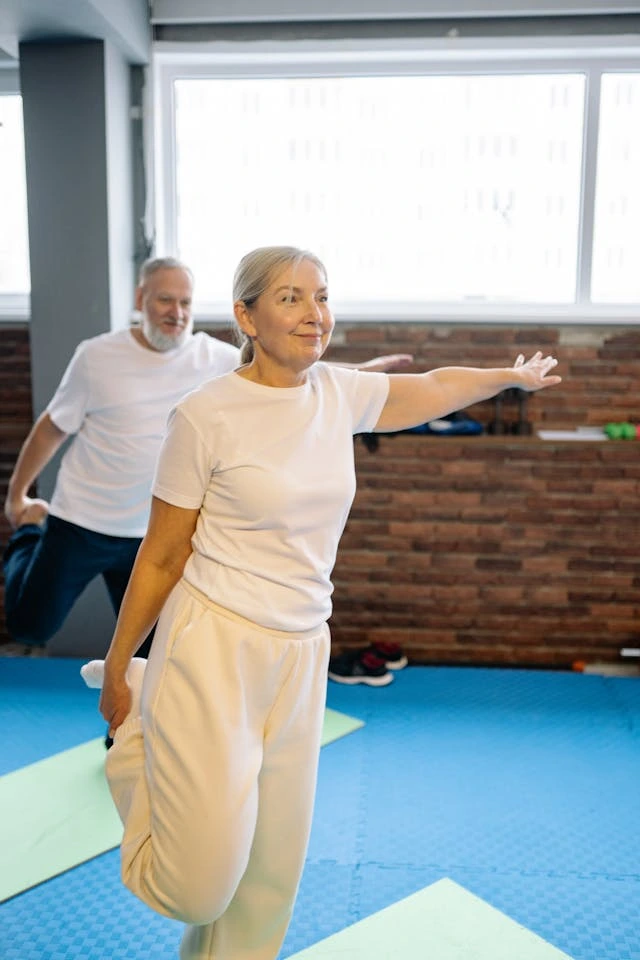
THE SYNERGISTIC POWER OF COMBINING BOTH
While each form of exercise offers distinct benefits, research confirms that combining them creates a compounding effect that neither can offer alone.
When you integrate both:
- Your muscles grow stronger, supporting joint health and posture
- Your heart and lungs get fitter, improving stamina and energy
- You develop better balance, reducing falls and injuries
- You experience improved mental health, cognitive function, and sleep
A recent 2025 study by the American College of Sports Medicine found that adults who followed a combined strength-cardio regimen had a 43% lower all-cause mortality rate over a 10-year span compared to inactive individuals.
RECOVERY AND STRETCHING: THE FORGOTTEN PILLARS
No healthy aging exercise plan is complete without recovery and flexibility. Dr. David Cutler, a leading geriatric physician in California, emphasizes that “stretching is exercise, too.”
As muscles tighten and joints stiffen with age, stretching:
- Preserves range of motion
- Reduces stiffness and pain
- Enhances blood flow and recovery
- Prevents injury
Aim to stretch after every workout session, holding each stretch for at least 30 seconds. Yoga, Pilates, and mobility routines are excellent complements to strength and cardio regimens.
How to Build a Safe and Sustainable Routine
Safety is paramount, especially for beginners or older adults returning to fitness. Here’s how to begin:
For Cardio
- Start with 20–30 minutes of brisk walking, 3–5 times per week.
- Monitor your RPE (Rate of Perceived Exertion): Aim for a level where you’re breathing faster but can still talk (RPE 4–6 out of 10).
- Add variety: swimming, dance classes, stationary bikes, or elliptical machines.
For Strength
- Begin with bodyweight movements: squats, lunges, pushups, and planks.
- Train all major muscle groups twice a week.
- Maintain proper form—start light, increase gradually.
- Consider working with a certified trainer or use reputable online programs.
For Stretching
- Include at least 10 minutes of full-body stretching post-workout.
- Focus on hamstrings, calves, hips, shoulders, and lower back.
- Incorporate tools like foam rollers for better recovery.
FUTURE-PROOFING YOUR HEALTH: START TODAY
The best time to build a lifelong exercise habit was yesterday. The second-best time is today.
Fitness isn’t just about aesthetics anymore—it’s a survival tool. With rising healthcare costs and increasing life expectancy (projected to hit 81.2 years globally by 2026), building a strong, agile, and resilient body is an investment that pays exponential dividends.
You don’t need a gym membership or elite-level coaching. What you need is consistency, a mix of strength and cardio, and a mindset that prioritizes longevity over perfection.
FINAL THOUGHTS
Aging is inevitable. Decline is not.
In 2025 and beyond, the most powerful anti-aging formula doesn’t come in a pill—it comes from movement. By merging the heart-pumping power of cardio with the strength-reinforcing impact of resistance training, you’re not just adding years to your life—you’re adding life to your years.
So, whether you’re 25 or 75, make movement your medicine. Let each workout be a promise to your future self.
